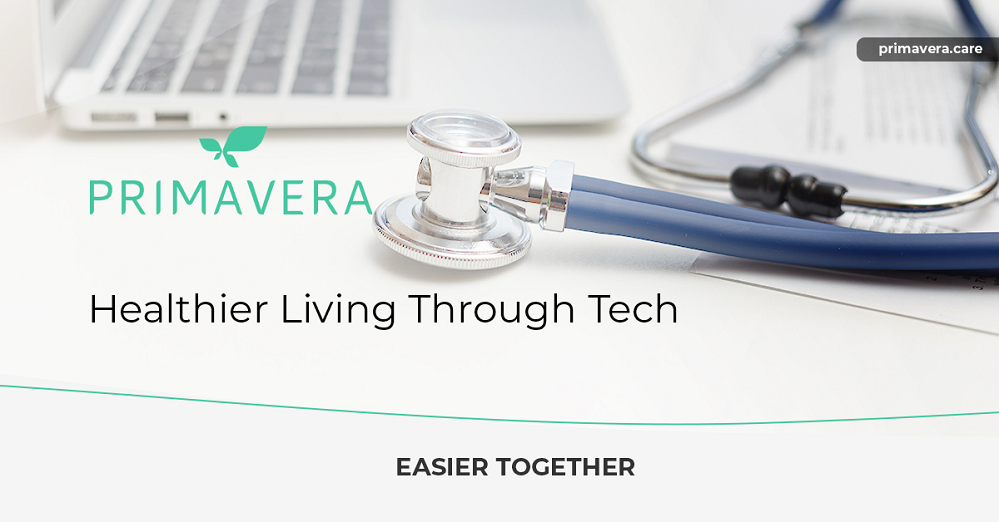If you build it, they will come.
If necessity is the mother of invention, then adaptation is the mother of growth. The healthcare world has been transformed. At the 2021 Consumer Electronics Show the leaps in healthcare technology this past year were described as nothing less than meteoric. Though there has been extreme growth in the way telehealth supports the healthcare industry, the effects are perhaps more extensive than we yet realize.
So, how can the right technology promote healthier living for your patient base?
Tools of Accessibility = Healthier Living
Accessibility means a few things when it comes to technology in general:
- Provides software solutions for a variety of circumstances
- Creates a communication platform
- Is accessible across devices and providers
In telehealth, accessibility has a few more requirements:
- Provides solutions for both patients and practitioners
- Able to manage multiple population types and their varying needs from mental wellness to physical care
- Easy to use for non tech savvy patients
Frictionless Action
Let’s talk a bit more about the specific accessibility requirements for telehealth to improve the quality of care for patients, by going through how minimizing technology frustration helps boost a patients contribution to their own care and their own data collection.
Ease of access and ease of use are major contributors to a preventative care approach. As an asset to the greater healthcare continuum, accessibility contributes to analytics databases which lead to more accurate risk assessment; and also lends itself to an increase in communication and patient engagement.
Accessibility means affordability. In turn, accessibility and affordability together equal healthier living. Telehealth is proven to reduce overall healthcare costs for patients and practitioners alike. In a research study conducted through Project HOPE—The People-to-People Health Foundation, Inc, The benefits of effective telehealth were found to encompass a wide scope of quality care and financial obstacles.
Telehealth can complement traditional ambulatory and hospital-based practices, which tend to be provider-centric, by creating delivery systems that are more patient centered and that use technology to increase access and quality, decrease cost, and help providers manage an ever-increasing volume of information and relationships.
As patient populations increase due to aging or awareness, (as in mental health), telehealth will continue to play the parts of logistics coordinator, patient advocate, and assist with case management through intuitive systems, data analysis, and application.
Transportation
One of the simplest ways health technology platforms support the growth of patient populations – and the expansion of the healthcare industry generally – is by cutting down on the physical transportation needed in order for patients to receive care.
With the acceleration of virtual communication efforts over the last year especially, telehealth solutions have never been more convenient for:
- Account setup and patient intake
- Initial consultations
- Follow-up appointments and check-ins
- Mental wellness sessions
Coordination via tech platforms between providers and transportation vendors further works to meet patient needs and promote healthier living when mobility is an issue. To better understand this, let’s look specifically at patient populations living in nursing home facilities.
When a medical issue occurs outside of regular hours, the traditional solution offers a choice. An on-call physician can either visit the patient in the nursing care facility, or recommend that patient for transfer to a hospital.
If we consider the time demands on the on-call physician, with multiple patients, very often the best of the above options is to have the resident brought to an emergency department.
The driving theme behind telemedicine is real-time care. Tools like video calling make remote appointments both safer and easier for the patient, but help practitioners provide better care by minimizing time demands of travel, or decision making by prioritizing through data based risk assessment.
Quality of Care
We’re about to bring up a trend that is unpopular amongst care providers, and that is patients using websites to self-diagnose. The one positive that this widespread internet search obsession proves is that patients are not only interested, but motivated to take their healthcare into their own hands – including educating themselves and taking action upon what they find.
A less talked about asset of telehealth platforms is the access they provide to vetted educational information, and supporting services that encourage patients to be proactive with their wellness. These platforms accomplish this by:
- Connect patients to local services and payment options
- extend healthcare resources through convenience and easy access
- enhance follow-up care by connecting patients to supporting therapies
- improve client access to services by minimizing travel
- and increase the accuracy of patient’s medical data
This last point, increasing the accuracy of patient’s data, is something we’ve mentioned a few times now and is probably the largest contributor to the growth and effectiveness of quality telehealth.
Data is information. It provides analytics that represent diagnoses, demographics, treatments responsiveness, patient engagement, therapy effectiveness, and more. Data compiles points on cost, helps with supply chain logistics, and provides both the framework and content needed to create accurate risk assessment protocols which help practitioners prioritize care to those who need it most.
Effective care in 2021 is communication based and combines clinical expertise with the latest technologies to improve care quality. Providing healthcare is easier together, let us show you how. Reach out to schedule your demo today!








Recent Comments